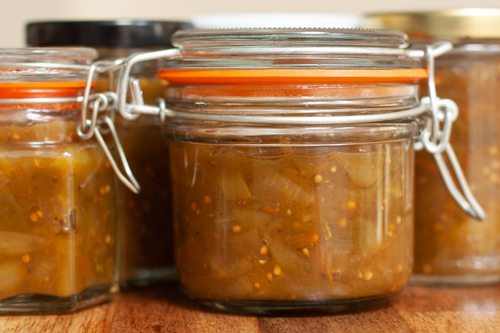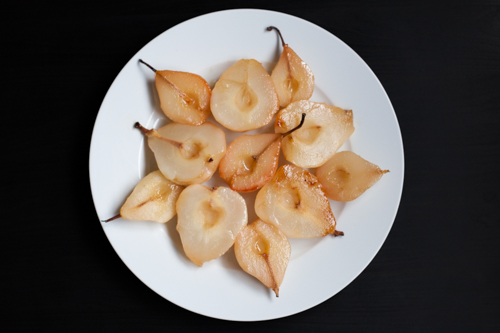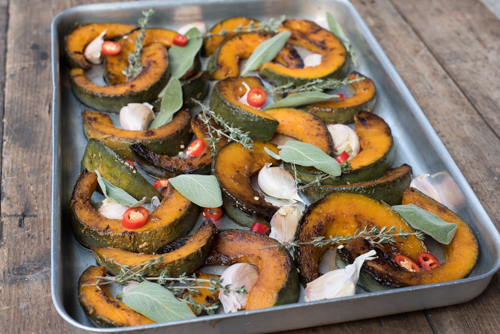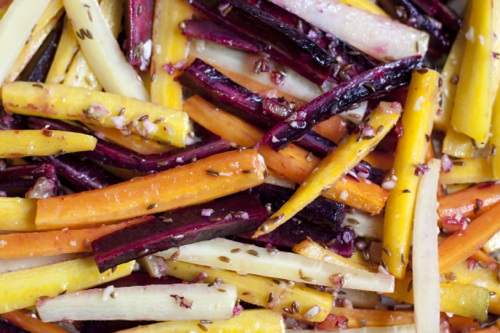Green tomato chutney
 Wednesday, September 30, 2020 at 7:35AM
Wednesday, September 30, 2020 at 7:35AM 
If, like me, you have a glut of homegrown tomatoes that aren’t ripening, this is a great way to use them up. My crop this year was really high yield and there was no way the ones on the lower trellises were going to ripen with all the seasons we are having at the moment, so I removed them.
I am new to gardening, but I have read that at the end of the summer in the UK, you can encourage the remaining trellises to ripen by being quite ruthless with the plants. As well as removing lower hanging fruit, you should also remove any new flowers, small fruit that haven’t developed yet and any diseased leaves or leaves that are blocking the sun. This encourages the plant to put all its energy into the remaining tomatoes. You can also reduce the watering schedule – this stresses the plant and again encourages it to put its energy into producing ripe fruits for reproduction.
 Vix |
Vix |  Post a Comment |
Post a Comment | 


